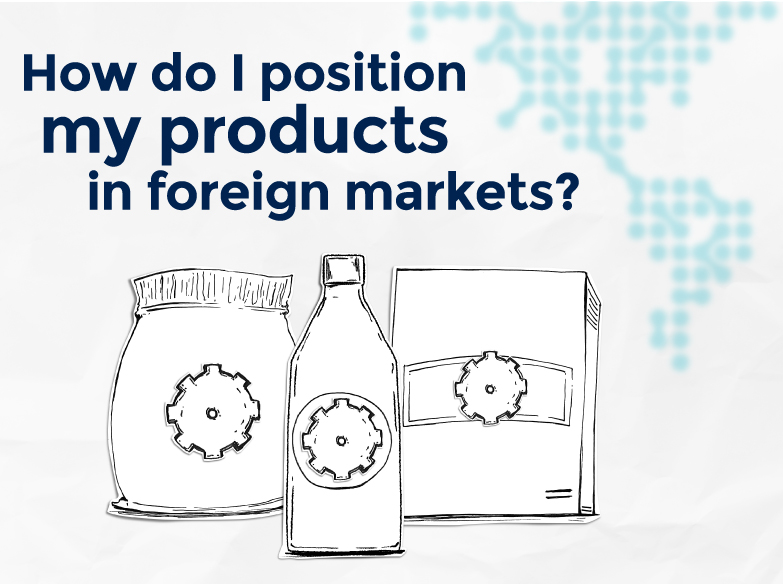Despite the World Trade Organization’s (WTO) efforts to liberalize markets, countries still regulate the introduction of products in their territories. In the case of food products, in addition to imposing tariffs and other taxes, States can also establish sanitary or phytosanitary barriers for purposes of protecting human, animal and plant life or health.
The amount of rules regarding these issues and their technical characteristics may appear unmanageable for small and medium-sized enterprises (SMEs) wishing to internationalize their products. For instance, a crab meat exporter should know that Singapore does not allow the entry of this product in frozen form, a honey exporter should know that Canada requires this product to be packaged in predetermined size containers, and a beverage exporter should know that the European Union stipulates limits on “the amount of lead, tin or palutin (mycotoxin) allowed in fruit juices, reconstituted concentrated fruit juices, and fruit nectars.”
A study conducted by the Exporters’ Association of Guatemala (Agexport) reveals that the two main barriers for Latin American exports are, on the one hand, “ignorance of the market” and, on the other, “difficult access to markets (rules, regulations and procedures).”



Follow Us